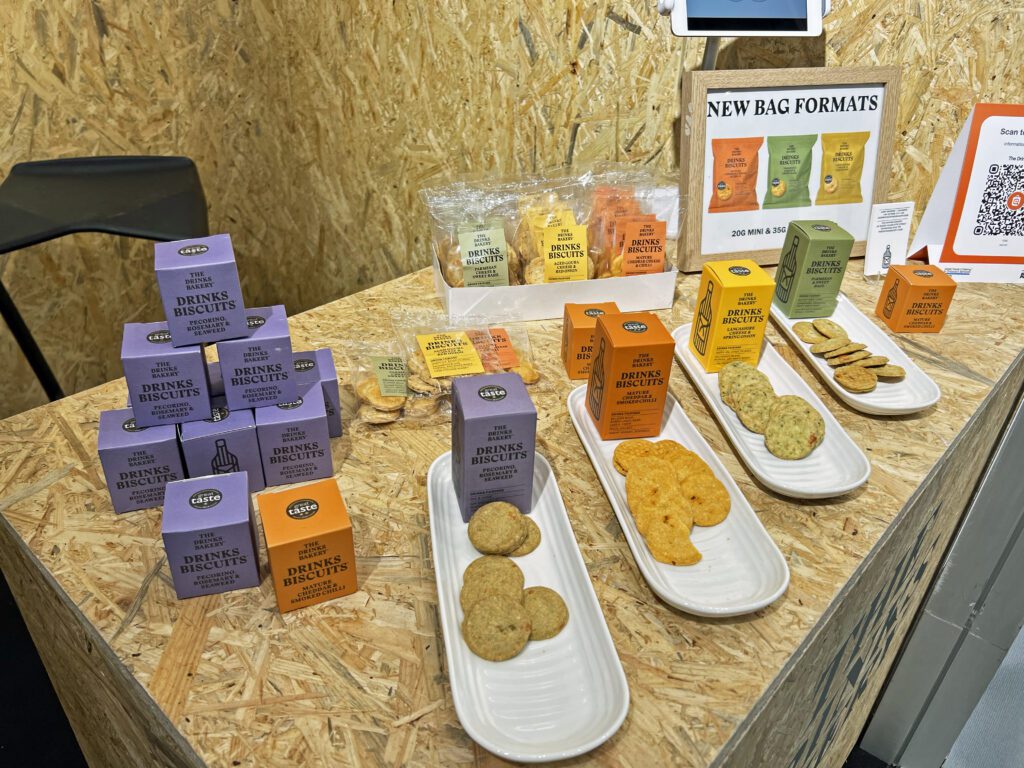A Perspective from WTCE x AIX 2025
WTCE x AIX 2025 in Hamburg assembled the who’s who of inflight hospitality in traditional trade show fashion. But what happens when you replace the typical airline procurement or hospitality executive with a seasoned frequent flyer?
This approach revealed some telling gaps between industry convention and passenger expectations. Marine Hamou, regular Inflightfeed contributor—who brings both frequent traveller credentials and professional brand strategy experience—joined Inflightfeed founder Nik Loukas on the exhibition floor. Their findings highlight several critical disconnects in how airlines conceptualise and deliver onboard products.
Process Still Dominates Experience
The amenity kit formula remains stubbornly static across most airlines. Predictable components—creams, socks, eye masks—continue to arrive in pouches that rarely merit keeping. Even premium carriers targeting luxury positioning (Qatar, Emirates) often undermine their intentions through material choices that feel disposable rather than substantial.
Long-term supplier collaborations from carriers like Swiss, Lufthansa, Condor and JetBlue show promise but remain exceptions rather than industry standards.
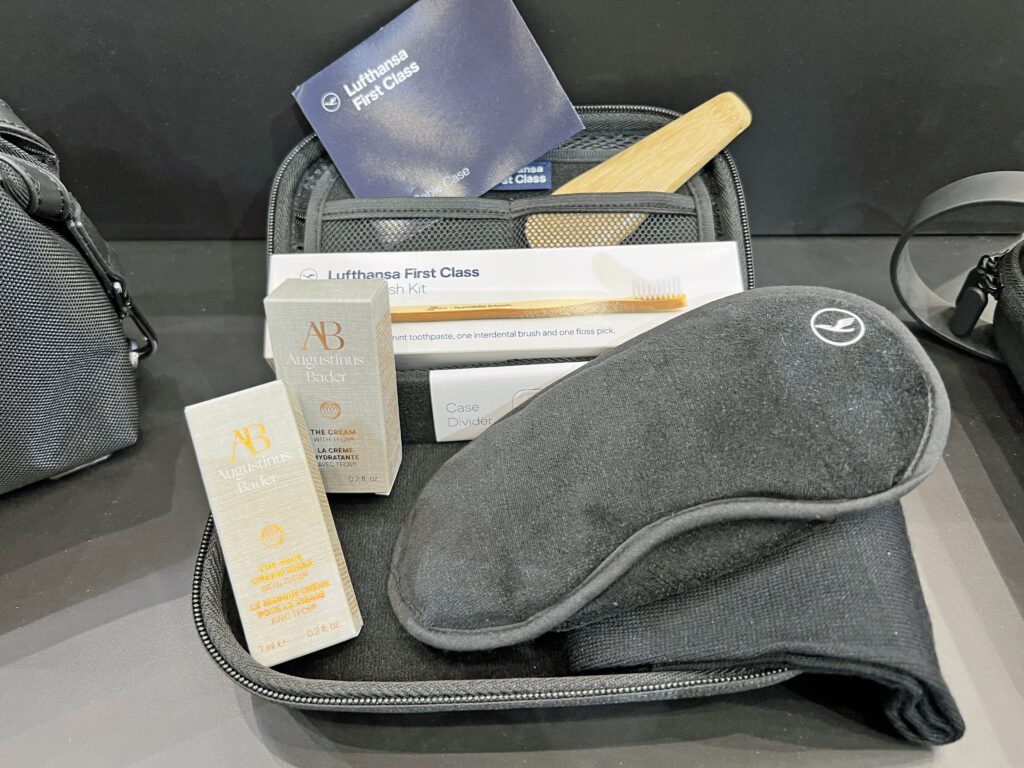
These partnerships typically deliver more cohesive and functional designs, such as packing cubes or traveler’s’ items—precisely what discerning passengers notice, value and keep.
Prestige Without Substance Falls Flat
Surface-level brand collaborations no longer impress frequent travellers. High-end cosmetic partnerships with Sisley (Swiss First and Air France La Première), La Mer (Starlux), or Byredo (Emirates) create initial impact but often exist alongside generic components that undermine the premium positioning.
When an eye mask, socks or pouch lacks quality, even the most prestigious skincare sample feels disconnected from the overall experience. This misalignment creates cognitive dissonance rather than premium perception.
F&B: Safe Formulas With Limited Innovation
Inflight food and beverage offerings generally follow established patterns with minimal deviation. The exhibition did showcase some notable exceptions: Jukes presented a sophisticated, low-calorie alcohol free wine alternative already flying with Saudi Airlines and British Airways; Majlis introduced premium Halal Ale; while Drinks Biscuits demonstrated curated pairing concepts that add narrative depth to onboard refreshments.



These examples underscore how thoughtful personalisation can address contemporary preferences and dietary requirements. The contrast between these innovative approaches and standard airline offerings highlights a significant opportunity gap.
Children’s products further emphasise the industry’s inconsistent approach to changing expectations. Many feature appealing themes or character licensing but continue to rely on plastic components and brand tie-ins rather than more sophisticated solutions.
The Personalisation Paradox
Despite airlines like Finnair, Starlux and Singapore embracing opt-in models for amenity components—where premium passengers can request specific items via IFE or crew—the industry has barely scratched the surface of personalisation potential.
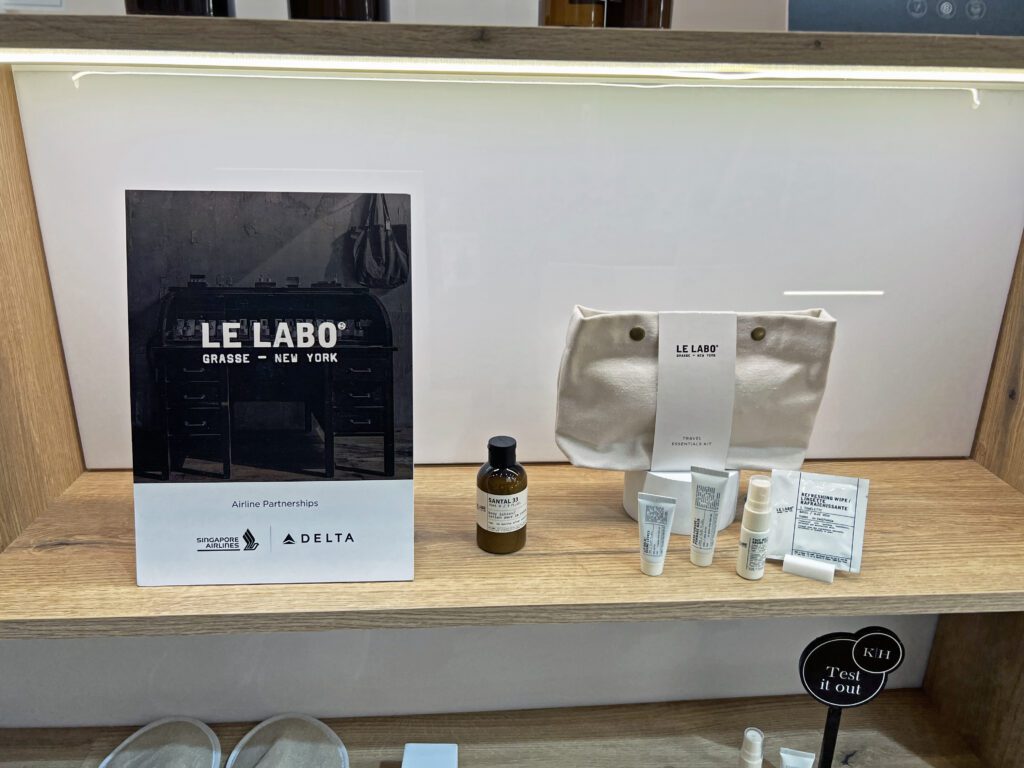
Finnair’s balanced approach provides basic LA Buckett cosmetics in amenity kits while offering expanded Lumen options in business class lavatories. This model acknowledges varying passenger preferences while maintaining operational practicality.
The contradiction becomes apparent when comparing meal and amenity approaches. Passengers can pre-order specialised meals on most legacy carriers, yet amenity kits arrive in standardised formats—an outdated model in today’s personalisation-focused marketplace.
Wellness: The Missed Opportunity
Wellness represents perhaps the most significant underexploited territory. Despite clear passenger interest, smart blankets, temperature-regulating materials and natural supplements for sleep and hydration remain rarities in the cabin environment.

Supplier Aviva GmbH demonstrated wellness kits built around natural supplements and recovery aids, along with temperature-adaptive blankets designed to support inflight wellbeing. Cathay Pacific has integrated commissioned artwork across touchpoints to create cultural storytelling continuity throughout the journey.
In the catering domain, Singapore Airlines offers wellness-curated menus for ultra-long-haul routes, while Qantas has developed specialised menus for Project Sunrise aimed at reducing jet lag effects. These initiatives show promise but remain isolated examples rather than industry standards.
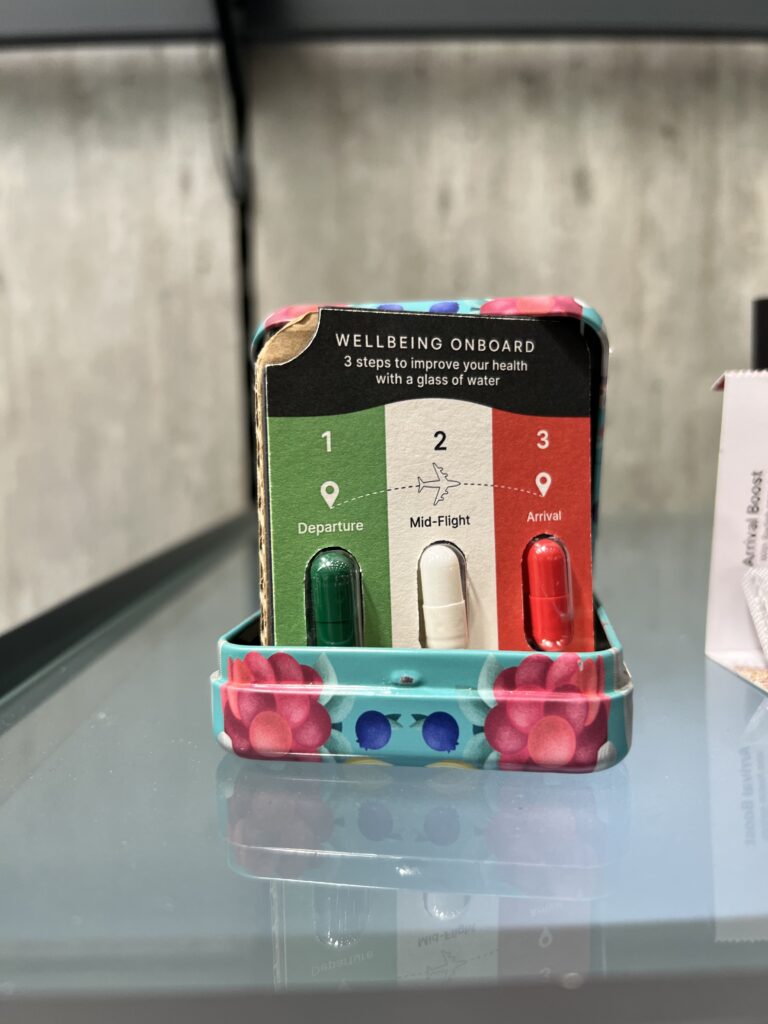
The Frequent Flyer Perspective Matters
Experienced travellers inevitably compare experiences across alliances and routes. They notice meaningful distinctions: when a kit merits collecting, when comfort items lack quality, or when onboard refreshments connect authentically with the carrier’s brand positioning.
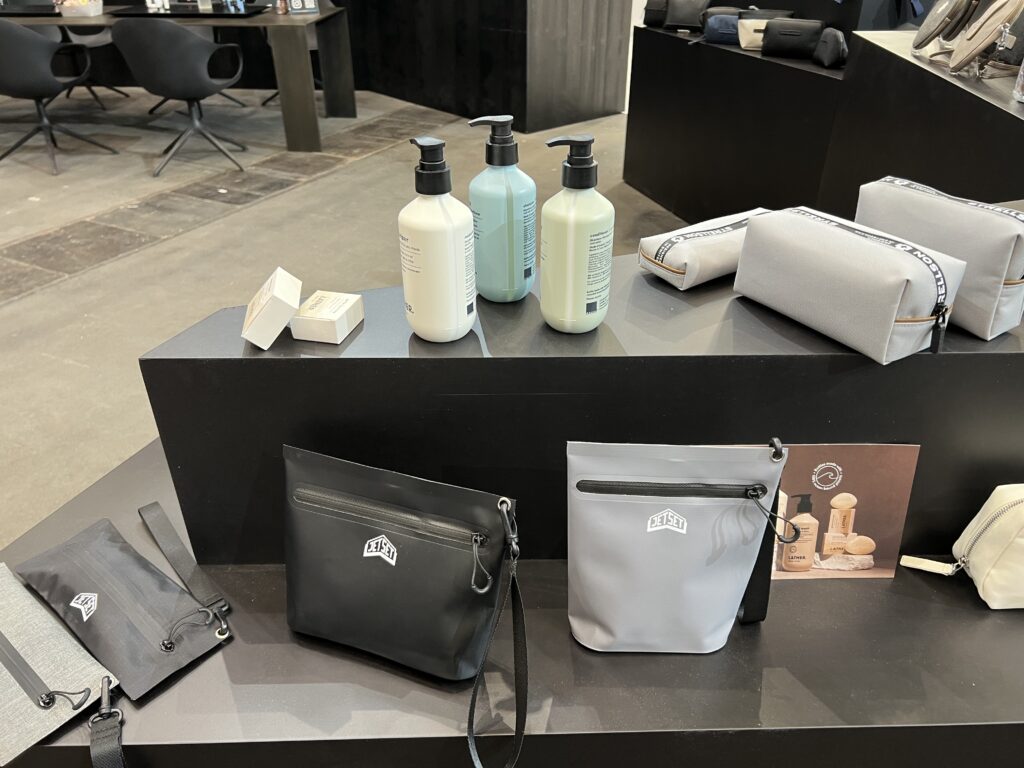
Inflightfeed’s benchmark reports now compare leading airlines across hospitality categories—evaluating amenity and F&B offerings through structured passenger-experience analysis rather than supplier assertions. These assessments combine firsthand travel insights with comparative research to identify blind spots and uncover opportunities beyond traditional procurement cycles.
For airline leadership teams exploring passenger journey evolution—from ground experience through flight—this external perspective offers valuable contrast to internal assumptions. Such analysis can help reassess ROI across product lines, compare your product with your competitors and identify overlooked opportunities that matter to your most valuable travellers,
Request a sample benchmark: benchmarks@inflightfeed.com
Passenger-first. Alliance-neutral. Designed to complement your team’s expertise—built to support internal strategy with an outside-in view.
Marine grew up between Indonesia and Switzerland, but for her, home is wherever the next departure gate is. A devoted avgeek and seasoned business traveler, she’s been contributing to Inflight Feed since 2016—drawing on years of flying across all four cabin classes (with a strong preference for business and first!).
She’s spent her career exploring how the world’s most recognized brands shape experiences for both customers and employees. This lens naturally influences the way she travels—keenly attuned to the small details that define a journey, from service flow to storytelling at 35,000 feet. Whether on a short-haul hop or aboard her all-time favourite aircraft, the A380, Marine is always curious about how airlines bring their brand to life in the sky.
